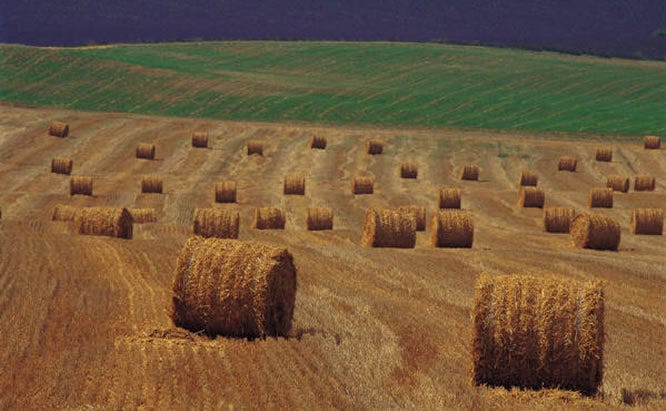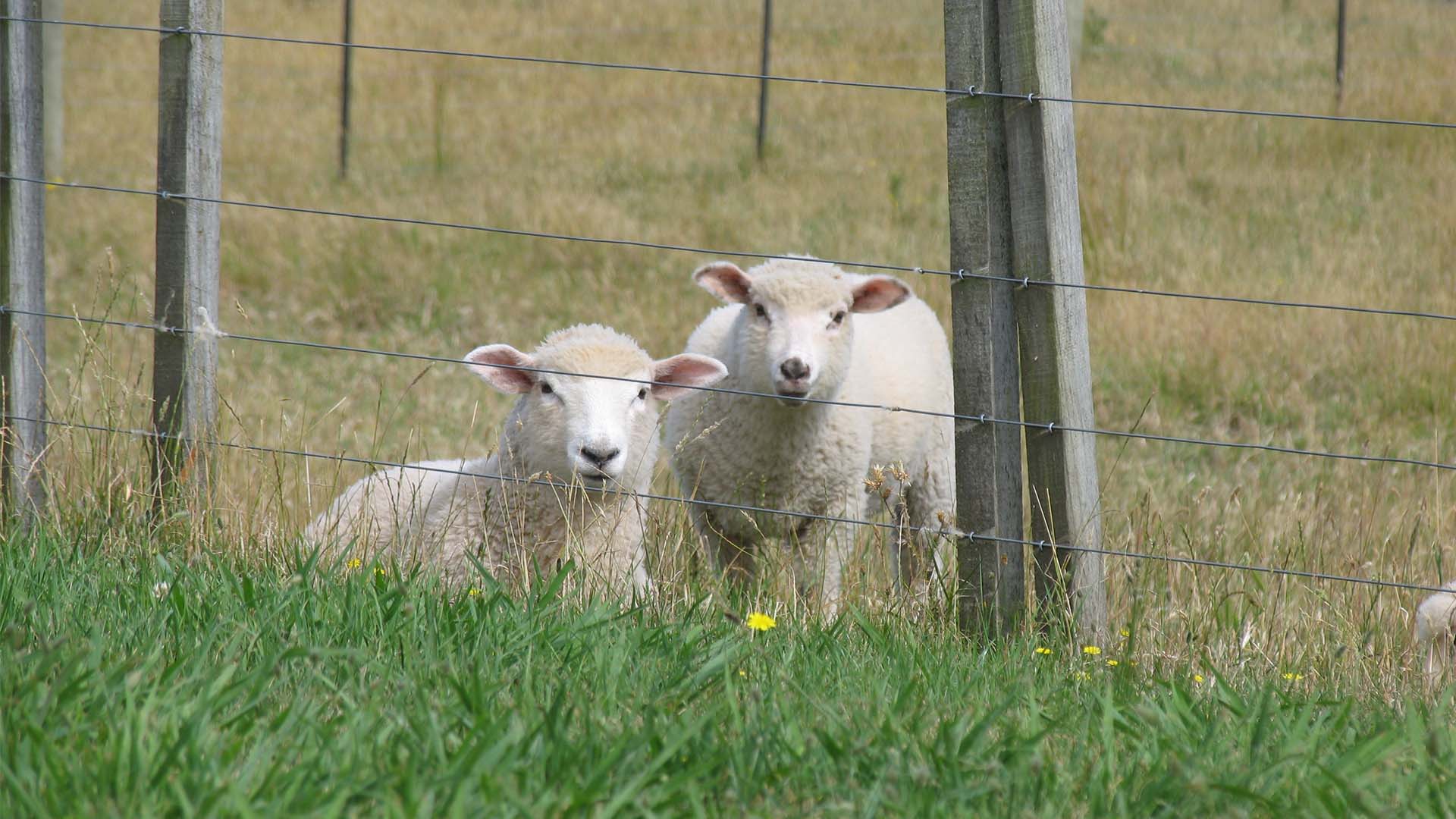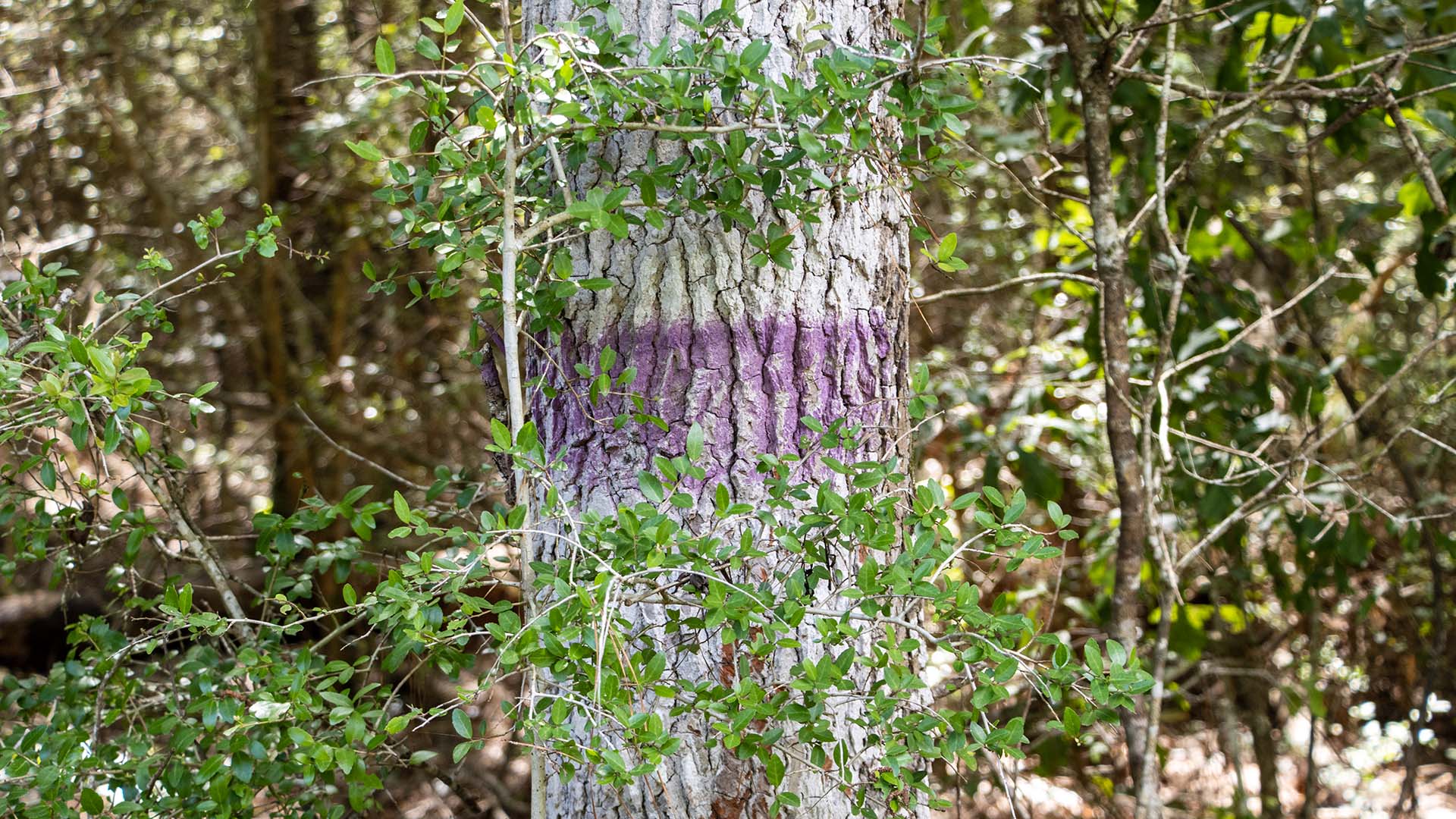
The past few years the price of hay has been rising due to shortages caused by weather conditions that made it difficult to cut and bale hay. It seems that this summer brought the same conditions which, once again, leaves us with high prices for hay. If you’re going to pay for hay to store for the winter months, you want to make sure you’re doing it the right way and keeping it in suitable condition.
It may not sound hard to stack some hay away for the winter, but it needs to be done properly or else you run the risk of exposing it to breakage, heat buildup, mold, and insect infestation.
Baling It’s important to start with proper baling. Hay needs to be baled at a proper moisture level. When first cut, hay has a moisture level of about 80%. This needs to be brought down to under 15% before baling to minimize the risk of fire. Once it’s baled, the moisture level will ideally be 12-15%. If there is too much moisture the hay gets hot because it creates a bacteria and mold fungi-rich environment. The heat that generates from the bacteria and mold fungi consuming the hay can cause a spontaneous combustion. On the reverse side, hay that is too dry will cause the leaves to fall off and break. Storage and Stacking Tips
- Inside/Outside: If possible, store your hay inside; keeping it outside means running the risk of high hay dry matter.
- Elevate: If you stack your hay on wooden pallets it allows airflow to circulate underneath the bales, where stacking them directly on concrete or dirt can allow moisture to seep up through the ground, or just gather at the bottom of the stack.
- Stacking: Positioning the bales with the cut side facing up, and the string on the sides, protects the baling twine from breakage or from rodents. It’s also important, if stacking outside, to use a pyramid structure so moisture will run off the stack instead of sitting on top.
- Cover it: When storing outside, covering your hay is of utmost importance. Covering hay with tarp protects the hay from unwanted moisture.
- Air Circulation: When storing inside, having vents or windows in the area to keep the air circulating helps prevent moisture buildup.
- Heat/Flammability: Hay is very flammable. Try to keep it away from any source of heat, and don’t smoke around it.
- Age: Try not to stack new hay with older bales. Keep the older bales in the front so they’re used first and you don’t have rotting old bales lying back where you can’t reach them.




